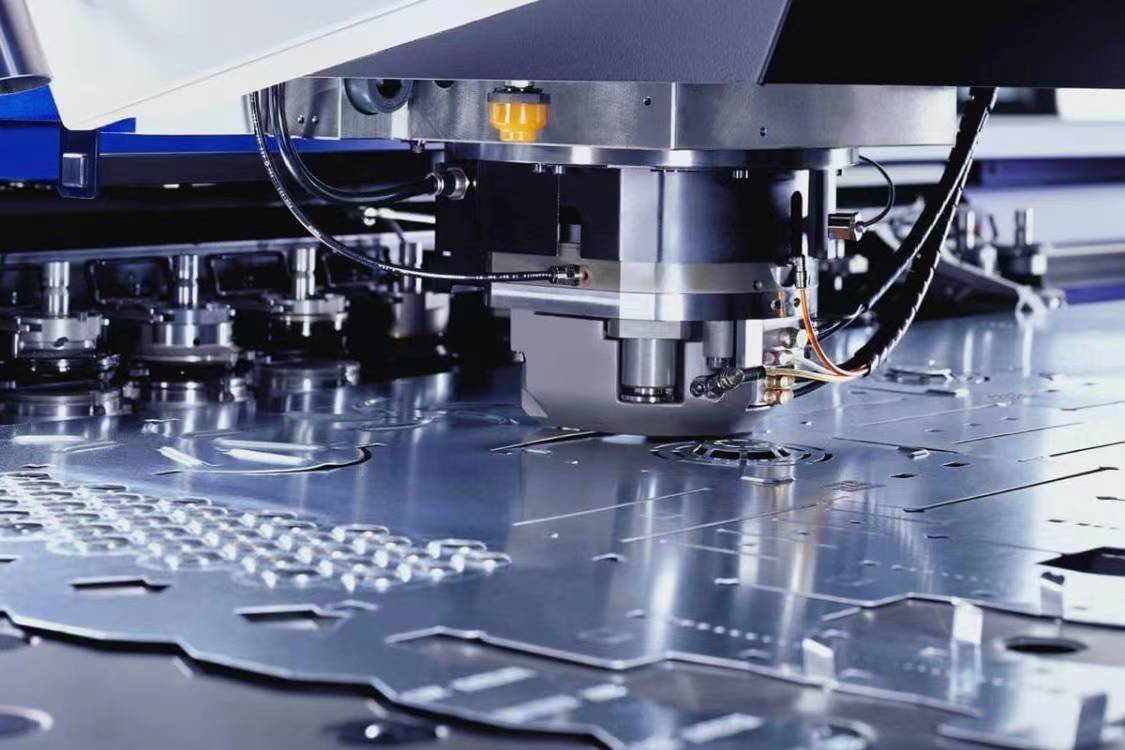Engineering the Beyond: The Interplay of CNC Precision and Aerospace Innovation+ View more
Engineering the Beyond: The Interplay of CNC Precision and Aerospace Innovation
+ View more
Date:2023-12-01 17:16
In the vast expanse of aerospace engineering, the interplay between precision-driven CNC (Computer Numerical Control) machining and relentless innovation has redefined the boundaries of what's achievable in aviation and space exploration. This synergy has propelled aerospace engineering into uncharted territories, engineering the future of flight and exploration beyond our atmosphere.

CNC Machining: Precision at the Helm
At the crux of aerospace innovation lies CNC machining, a beacon of precision engineering. This computer-controlled manufacturing process enables the creation of intricate aerospace components with meticulous accuracy. Its precision, repeatability, and adaptability have revolutionized aerospace manufacturing, shaping critical components pivotal to the performance, safety, and reliability of aircraft and spacecraft.
Advancing Precision and Reliability in Aerospace
The integration of CNC precision has elevated aerospace systems to new heights of precision and reliability. The technology's ability to craft highly detailed components with minimal error margins ensures the structural integrity and functionality of aerospace machinery. This precision-driven approach not only streamlines manufacturing processes but also minimizes material waste, optimizing overall performance and safety.
Innovation Through Customization and Design Flexibility
CNC machining's versatility empowers aerospace engineers to explore innovative design frontiers. Its flexibility allows for rapid prototyping, intricate geometries, and customized component manufacturing tailored to specific aerospace applications. This adaptability fuels innovation, enabling the creation of lightweight, high-performance materials that push the boundaries of aerospace engineering.
Pioneering Advanced Materials for Aerospace Applications
The realm of advanced materials in aerospace engineering benefits significantly from CNC machining's precision and adaptability. From exotic alloys to cutting-edge composites, CNC technology facilitates the machining of materials engineered to withstand the extreme conditions encountered in air and space travel. These materials pave the way for safer, more efficient, and high-performance aerospace systems.
Challenges and the Path to Future Advancements
While CNC machining has brought tremendous advancements, challenges like optimizing programming for intricate parts and managing high precision in large-scale production persist. Ongoing advancements in software, automation, and machining techniques aim to overcome these challenges, promising a future where CNC precision in aerospace reaches unprecedented levels.
Conclusion: Forging the Path to Aerospace Excellence
In conclusion, the interplay between CNC precision and aerospace innovation engineers a path towards unprecedented precision, reliability, and innovation in aerospace engineering. This seamless integration of precision technology and pioneering engineering not only enhances the reliability of aerospace systems but also propels the industry toward new horizons, defining the future of aviation and exploration beyond Earth's confines.
Share to:
Recommend wonderful blog posts

